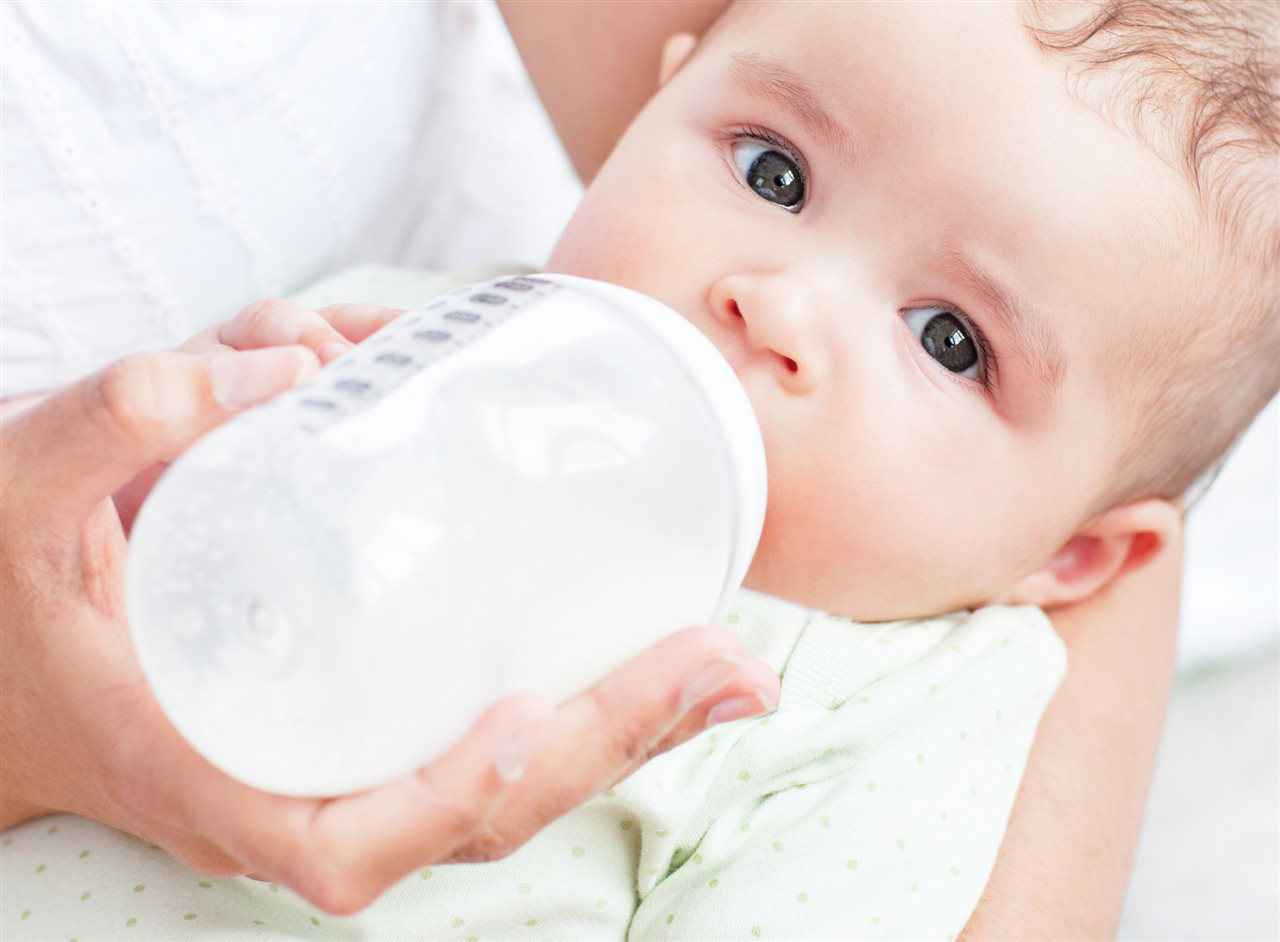Mistakes & Misconceptions About Formula Feeding
Whether you’re expecting your first child or you’ve been around the baby block a few times before, there are always a lot of questions when preparing for parenthood. Questions about feeding often top that list.
Experts agree that breast milk and/or formula should be the primary sources of nutrition for infants 6 months and younger. While 92 percent of mothers plan on breastfeeding, more than two-thirds rely on using infant formula, according to the new “Feeding Realities” survey by Perrigo Nutrition.
Infant formula is used for a variety of reasons, including by mothers who have trouble breastfeeding, limited milk supply or opt to by personal choice. The survey of mothers of babies and toddlers uncovered common mistakes and misconceptions about formula feeding.
Using more water than necessary
Formula containers have specific measurements that typically call for mixing powder and water, yet 21 percent of those responding to the survey say they have used more water than required by the instructions when preparing formula. Nearly half stated their primary reason was to help save money or make formula last longer.
“Many new moms have the misconception that diluting formula with water will help save money or make it easier for baby to digest,” says Dr. Jennifer Gardner, family physician and co-author of The Mommy MD Guide to Your Baby’s First Year. “Diluting critical nutrients in formula at a time of rapid growth can be dangerous for their baby. No cost savings is worth the risk of poor health and infant mortality. Parents should always follow preparation instructions on the product label and consult with their pediatrician to talk through infant-feeding options.”
Microwave bottle preparation
When warming infant formula, half of mothers said they always or sometimes use the microwave to make a bottle. The problem is microwaving formula bottles can affect ingredients and cause hot spots that might burn a baby’s mouth.
What many parents don’t realize is formula does not need to be warmed before it is given to baby. If your child happens to prefer a warm bottle, place it under warm running water and make sure that water isn’t getting into the bottle, according to the Centers for Disease Control and Prevention. Before feeding, test the temperature of the bottle by putting a few drops on the back of your hand to ensure it’s not too hot.
Reusing and storing formula
If baby doesn’t finish a bottle, it’s tempting to put it in the fridge for later, but this can be a mistake. The survey found 51 percent have thrown a partially used infant formula bottle back in the fridge to use for the next feeding time. This is dangerous because bacteria can grow and the nutritional profile of the formula can diminish.
According to the American Academy of Pediatrics, formula not fed to baby can be stored in the refrigerator for 24 hours if you are making it ahead of time. However, once you feed a bottle to baby, you must discard the remaining contents after one hour from the start of that feeding.
Store-brand formula confusion
According to the survey, 20 percent of respondents worried about what formula to purchase in the first few months of their baby’s life. Babies can be expensive, but one way to stretch budgets without sacrificing quality is to use store-brand formulas that meet the same FDA standards as nationally advertised brands. All formula brands – including store brands – offer complete nutrition for infants. Learn more at www.storebrandformula.com.
“New moms can feel confident that store-brand formula will provide complete nutrition for baby just like any brand-name formula,” says Gardner. “All infant formulas are required to meet the same FDA standards, which means store-brand formula has the same quality as other brand names but costs less. More importantly, there’s no need for parents to take unnecessary risks such as diluting formula to save money when they can trust that store-brand formula is a high-quality and affordable option.”
Content provided by BrandPoint Media

